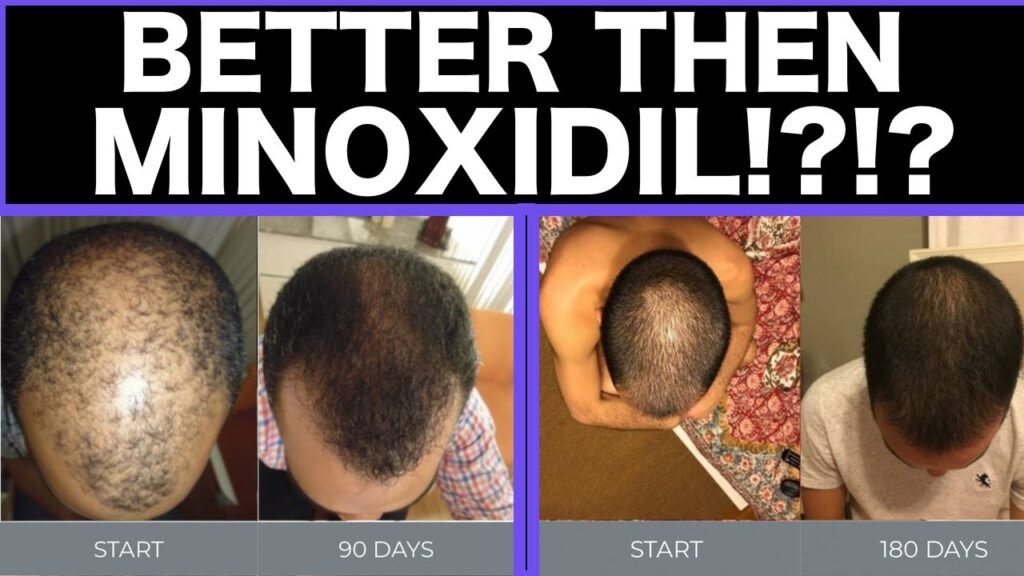Which gives better results: Oral minoxidil vs topical
When considering the efficacy of minoxidil in hair regrowth treatments, both oral and topical forms have shown promise, but they cater to different needs and conditions. Topical minoxidil is perhaps the most commonly recognized form, typically available in concentrations of 2% and 5%. It works directly on the scalp to stimulate hair follicles, making it a go-to solution for many experiencing hair thinning and androgenetic alopecia. The topical application is generally favored for its ease of use and lower risk of systemic side effects. However, it requires consistent application, often twice a day, to maintain results, and some users report scalp irritation as a downside.
On the other hand, oral minoxidil is gaining attention as an alternative for those who may not respond well to topical treatments. This systemic approach can be particularly beneficial for individuals with more extensive hair loss or those who have difficulty with the application of topical solutions. Oral minoxidil may offer more convenience, as it doesnt require daily topical application and can provide a more uniform effect across the scalp. However, because it is absorbed throughout the body, there is a potential for more systemic side effects, such as changes in blood pressure or unwanted hair growth in other areas.
Choosing between oral and topical minoxidil often depends on individual circumstances, including the severity of hair loss, lifestyle, and personal tolerance to medications. For some, the localized application of topical minoxidil is sufficient and preferable, minimizing systemic exposure. For others, oral minoxidil might provide a more effective solution, particularly in cases where topical treatment alone does not yield the desired results. Ultimately, consulting with a healthcare professional can help determine the most suitable option based on individual health profiles and hair regrowth goals.


